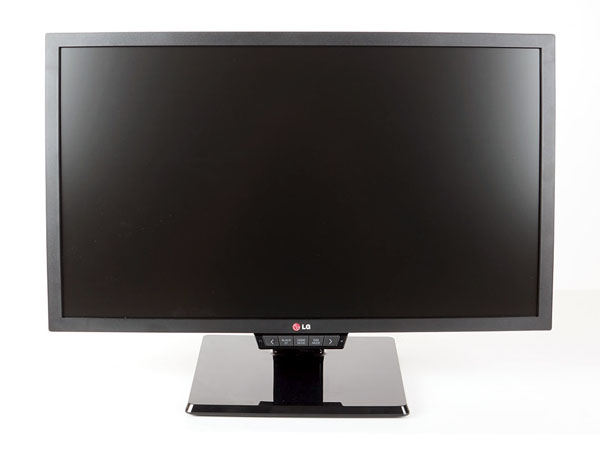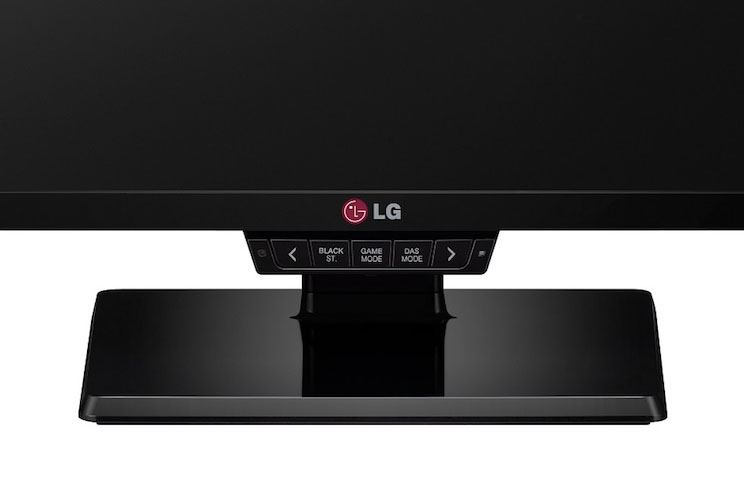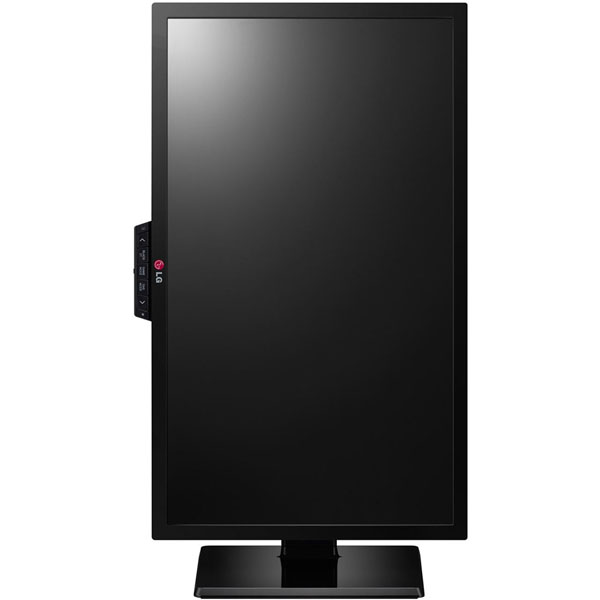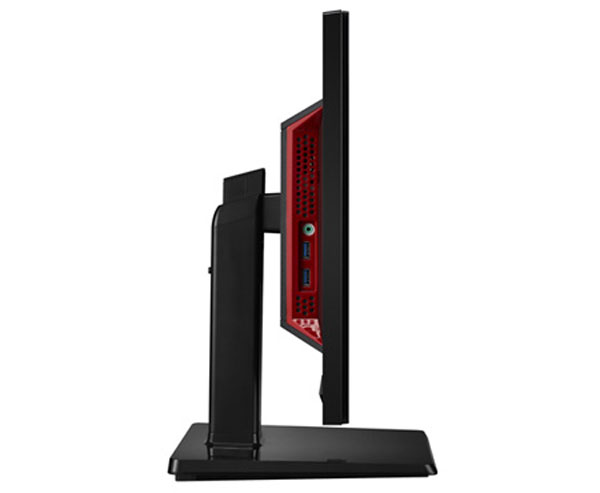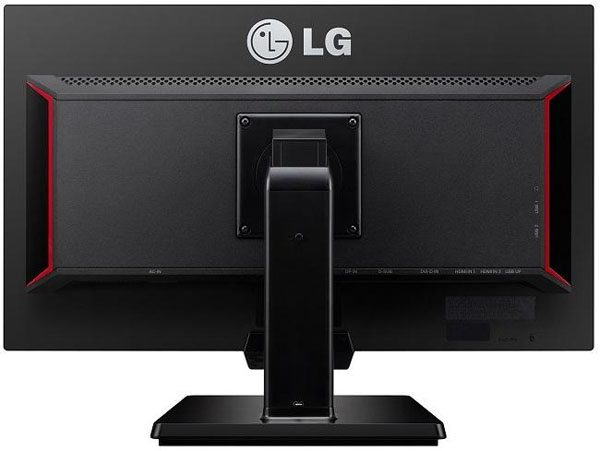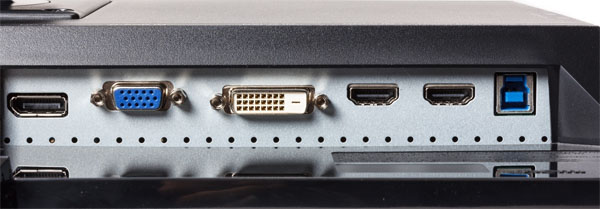LG 24GM77 24-Inch 144Hz Gaming Monitor Review
Why you can trust Tom's Hardware
Packaging, Physical Layout, And Accessories
The 24GM77 comes well-packaged in a lay-down-style carton. The upright is already attached to the panel, so all you need to assemble is the base with its captive bolt. Bundled cables cover the DVI and VGA inputs, and that DVI port supports 144Hz operation. You also get a USB 3.0 (A-to-B) cable and an IEC power cord for the internal power supply. A CD-ROM, quick-start guide and cable clip round out the accessory bundle.
Product 360
The 24GM77 uses the 3H-rated anti-glare layer seen on most monitors today. It promotes image clarity and rejects reflections in equal measure. It’s surrounded by a fairly narrow bezel that is a good candidate for multi-screen setups. Aside from the base, with is polished to a high gloss, the entire chassis is made of a hard textured plastic.
LG puts gaming functionality front and center with a small control panel under its logo. It allows direct access to the Black Stabilizer (a low-end gamma control), game modes and DAS low-input-lag mode. If you’re looking for the power switch and OSD buttons, they’re underneath in the form of a tiny joystick. We’ve seen this control mechanism on other LG products and we like it. It’s a quick way to move through menus and becomes intuitive right away.
An excellent stand is provided with the 24GM77, allowing for a full range of height, tilt and swivel adjustments, along with a portrait mode. One quirk we noticed is that the base moves when you turn the monitor. A ring underneath maintains contact with your desktop to prevent skid marks.
USB and headphone jacks are around the left side of the panel surrounded by a nice red accent. The power bulge is flat enough for wall mounting, if that is your preference. Otherwise, the 24GM77 is about the same thickness as other 24-inch screens.
From the back, you can see a 100mm VESA mount and the LG logo prominently displayed. All of the inputs and connectors are labeled in white, which is a nice touch. Ventilation is generous along the top of the bulge.
There are no speakers built into this display; audio output comes only from the headphone jack.
Get Tom's Hardware's best news and in-depth reviews, straight to your inbox.
The input panel covers today's most popular interfaces, including (from the left) DisplayPort, VGA and DVI. Then you get two HDMI ports and a USB 3.0 upstream connector. To run at 144Hz, use either DVI (dual-link) or DisplayPort. HDMI is limited to 60Hz.
Current page: Packaging, Physical Layout, And Accessories
Prev Page Introduction Next Page OSD Setup And Calibration
Christian Eberle is a Contributing Editor for Tom's Hardware US. He's a veteran reviewer of A/V equipment, specializing in monitors. Christian began his obsession with tech when he built his first PC in 1991, a 286 running DOS 3.0 at a blazing 12MHz. In 2006, he undertook training from the Imaging Science Foundation in video calibration and testing and thus started a passion for precise imaging that persists to this day. He is also a professional musician with a degree from the New England Conservatory as a classical bassoonist which he used to good effect as a performer with the West Point Army Band from 1987 to 2013. He enjoys watching movies and listening to high-end audio in his custom-built home theater and can be seen riding trails near his home on a race-ready ICE VTX recumbent trike. Christian enjoys the endless summer in Florida where he lives with his wife and Chihuahua and plays with orchestras around the state.
-
Mike Coberly Reply24" TN, 1080p? No variable refresh? No thanks.
so is it a 24" or 27" display?
LG's website indicates that it is indeed a 24" panel, the title is incorrect in stating it is a 27" -
NinjaNerd56 I got an AOC 27 inch display under $300 recently. No SYNC ability, but a really nice device that's excellent with the games I play.Reply
It's GAME mode is good, and I have done zero adjustment beyond that. If it lasts 2-3 years, then I can 'upgrade' at a much cheaper price to whatever sync de jour display I want.
-
JeanLuc For a gaming monitor to be released these days that does not to come with Gsync or Freesync capability is very short sighted by LG. Would the inclusion of a Freesync enabled 1.2a displayport really have delayed or added considerable costs to this monitor, LG?Reply -
Marcus52 This article - seriously? You can't even get the size of the monitor right. And the price isn't anything special for a 24" 144 Hz TN panel, Asus has had one in that price range (under $300) for years now. In my mind these things make the entire article suspect.Reply
